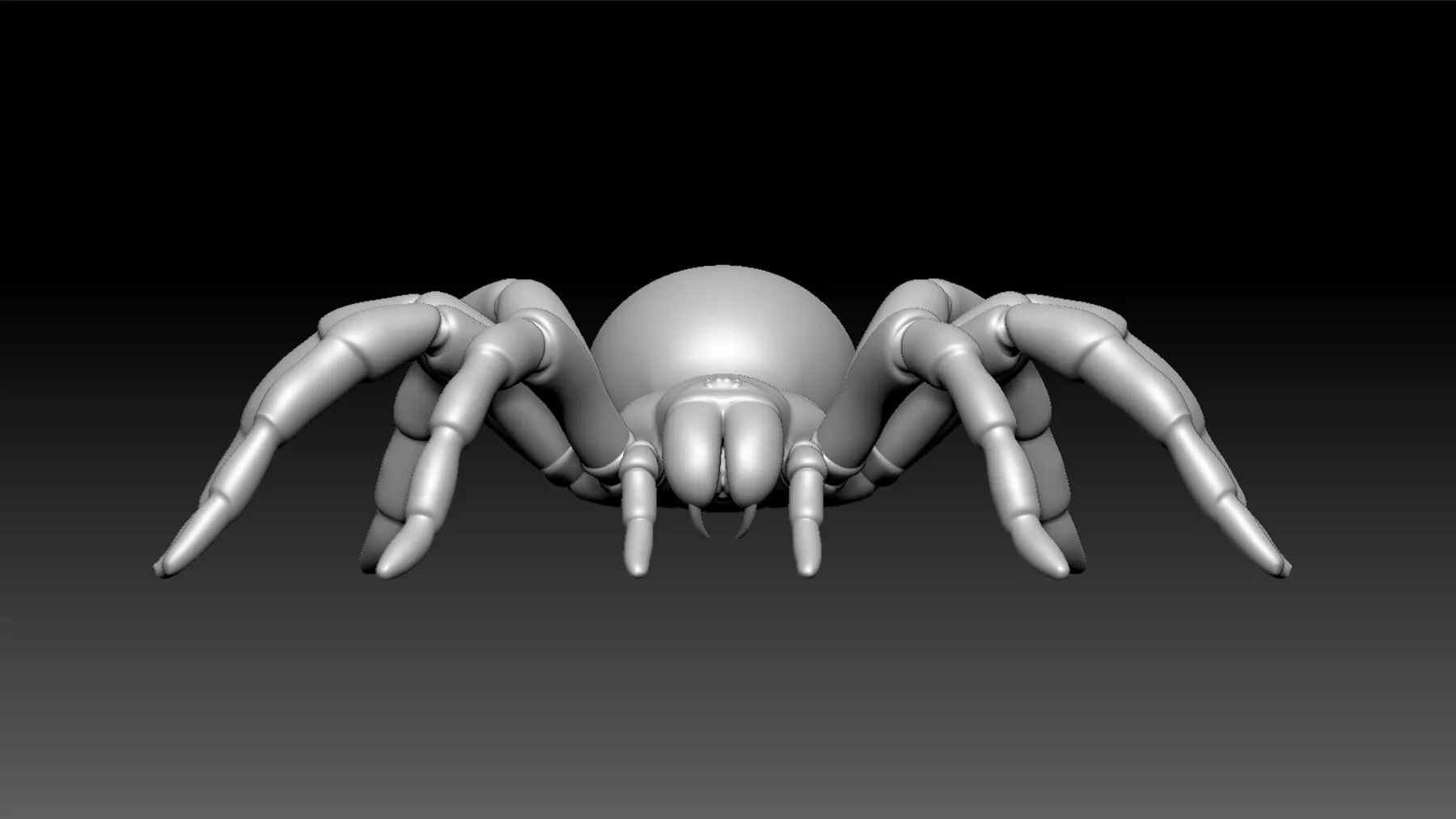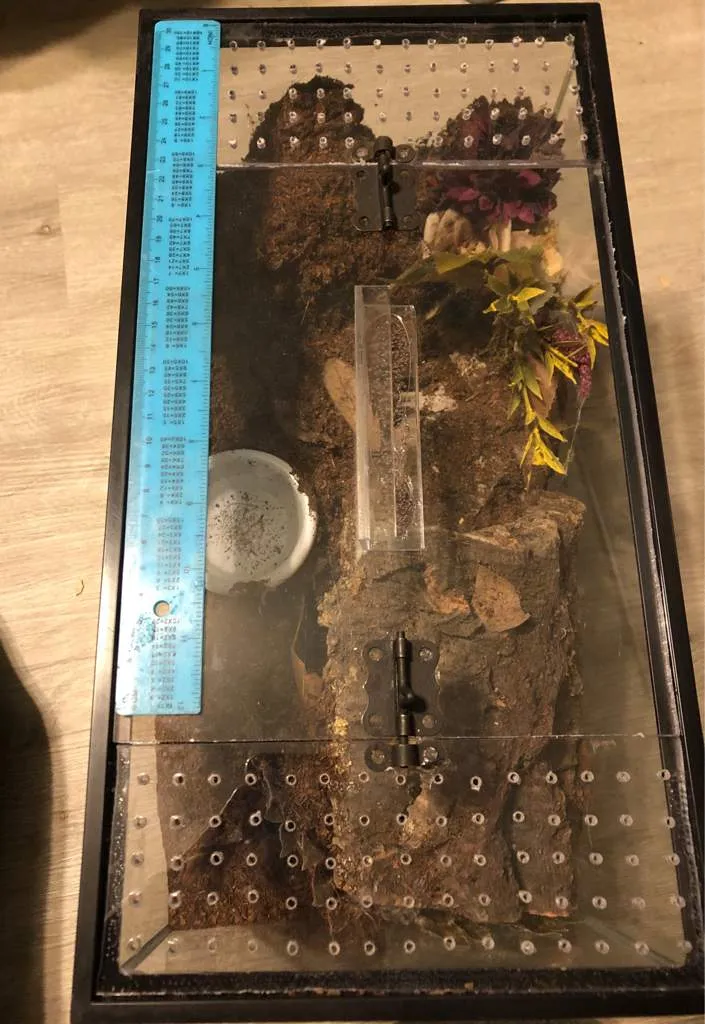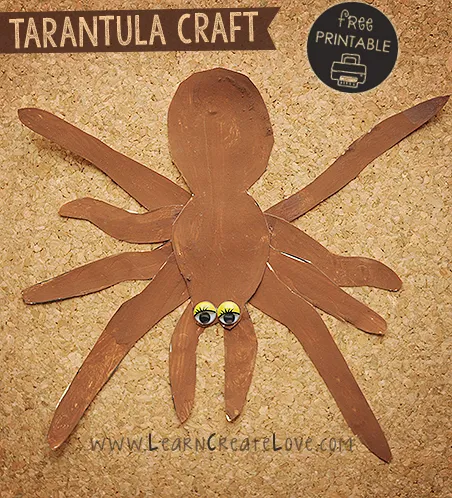Choosing Your First Tarantula
Embarking on the journey of tarantula ownership can be an incredibly rewarding experience. These fascinating creatures are relatively low-maintenance pets, offering a unique opportunity to observe natural behaviors and appreciate the wonders of the arthropod world. However, it’s crucial to start with the right information and make informed decisions to ensure the well-being of your new pet. This comprehensive care guide is designed to help beginners navigate the initial steps of tarantula ownership, providing essential insights into species selection, enclosure setup, feeding, handling, and health considerations. Before you bring home a tarantula, consider the commitment involved. They can live for many years, with some species living over a decade. Make sure you are prepared for the long term.
Beginner-Friendly Species
Not all tarantula species are created equal when it comes to beginner suitability. Some species are known for their docile temperaments, slower movements, and relatively easy care requirements. These are the species to focus on when starting out. A great option is the Chilean Rose Hair tarantula (Grammostola rosea), which is renowned for its calm disposition and tolerance for handling. Another excellent choice is the Mexican Red Knee (Brachypelma hamorii), which is known for its beautiful coloration and relatively gentle nature. Remember that even these species can exhibit defensive behaviors, such as flicking urticating hairs or biting, especially when startled or threatened. Doing your research to figure out which species suits you most.
Where to Buy Your Tarantula

The source of your tarantula is crucial for ensuring its health and well-being. Reputable breeders and specialty pet stores are the best places to start your search. Look for breeders who prioritize the health of their animals and can provide information about the tarantula’s origin, age, and care history. These breeders are often knowledgeable and can offer guidance on proper care. Avoid purchasing tarantulas from online marketplaces where the origin of the animal is uncertain. When selecting your tarantula, observe its behavior. A healthy tarantula will be alert, active, and have a full abdomen. Avoid spiders that appear sluggish, emaciated, or have any visible injuries. Purchasing from a reputable source minimizes the risk of receiving a sick or poorly cared-for tarantula, giving you the best chance of a successful and enjoyable experience.
Setting Up Your Tarantula Enclosure
Creating the right environment is paramount to the health and happiness of your tarantula. The enclosure must replicate the spider’s natural habitat as closely as possible. The size, substrate, temperature, and humidity must all be optimized for the specific species you have chosen. A well-designed enclosure provides a safe haven, allowing your tarantula to thrive. The size of the enclosure depends on the size of the tarantula. A small spiderling will require a smaller enclosure than a fully grown adult. Incorrect enclosure design can cause stress and health issues. Provide appropriate hiding places, a water source, and a substrate suitable for burrowing or climbing depending on the species. Make sure you research the specific requirements of your chosen tarantula species to ensure you meet their needs.
Enclosure Size & Type
The size and type of enclosure are crucial for the comfort and well-being of your tarantula. A good rule of thumb is to choose an enclosure that is at least twice the tarantula’s leg span in width. This provides enough space for movement and hunting. For terrestrial species, a wider enclosure is preferred, while arboreal species require a taller enclosure to allow for climbing. Ensure the enclosure is escape-proof, with a secure lid and no gaps where the tarantula could squeeze through. Glass terrariums or plastic enclosures are common choices. Consider the ventilation; proper airflow is essential to prevent mold and maintain humidity. Choose an enclosure material that is easy to clean and disinfect to maintain a healthy environment for your pet.
Substrate and Furnishings

The substrate, or bedding, is a critical element of the tarantula’s enclosure. The substrate provides a surface for the tarantula to walk on, burrow in (for terrestrial species), and regulate humidity. The best substrate choice depends on the species; peat moss, coconut fiber (eco-earth), and a mixture of soil are common choices. Avoid using substrates that contain chemicals or fertilizers. The depth of the substrate also varies, with terrestrial species needing several inches to burrow. Provide furnishings, such as cork bark, artificial plants, or hides, to give the tarantula a place to retreat and feel secure. These additions enrich the environment and allow the tarantula to express its natural behaviors. Arrange the furnishings to create a varied and stimulating environment, making sure that the tarantula has access to both open and secluded areas.
Temperature and Humidity
Maintaining the correct temperature and humidity is essential for tarantula health. Most tarantulas thrive in temperatures between 70-85°F (21-29°C). You can use a heat mat or a heat lamp to maintain the correct temperature, but ensure that it doesn’t overheat the enclosure. The placement of the heat source is important to avoid creating a hot spot. Humidity requirements vary depending on the species. Use a hygrometer to measure humidity levels. You can increase humidity by misting the enclosure with water or using a water dish. Proper ventilation is critical to prevent the buildup of mold and bacteria. Regular monitoring of temperature and humidity, alongside adjustments as needed, will help your tarantula thrive.
Feeding Your Tarantula
Providing the proper diet is crucial for tarantula health and growth. Tarantulas are carnivores and primarily feed on insects. The size and type of insects you offer should be appropriate for the size of your tarantula. Avoid feeding insects that have been exposed to pesticides or insecticides. Offer a varied diet to ensure the tarantula receives all the necessary nutrients. Overfeeding and underfeeding can both lead to health issues. The feeding frequency and the amount of food you should give your tarantula will vary depending on its age, species, and growth stage. It’s important to monitor your tarantula’s body condition and adjust the feeding schedule accordingly. Make sure to remove any uneaten food from the enclosure within 24 hours to prevent mold or mites.
What to Feed

The primary diet of a tarantula should consist of live insects. Crickets, mealworms, and roaches are common food choices. The best insects have been raised on nutritious diets to offer your tarantula the best nutrition. Gut-load the insects before offering them to your tarantula; this means feeding the insects nutritious food, such as vegetables or commercial insect food, for a day or two before they are offered to the tarantula. This provides your tarantula with extra nutrients. Avoid wild-caught insects as they may contain parasites or pesticides. The size of the food should be appropriate for the tarantula; the insect should generally be no larger than the tarantula’s abdomen. It is wise to remove any uneaten insects after a day to avoid stressing the spider.
Feeding Frequency
The feeding frequency depends on the tarantula’s age and species. Spiderlings typically need to be fed more frequently, around once or twice a week. As the tarantula grows, you can decrease the feeding frequency to once every one to two weeks. Adult tarantulas can sometimes go for several weeks or even months without food, especially before molting. It’s essential to observe your tarantula’s behavior and adjust the feeding schedule accordingly. If the tarantula refuses food, it may be preparing to molt or it could be stressed. Provide fresh water at all times. Overfeeding can lead to obesity, and underfeeding can lead to health issues. Always offer food and water in appropriate containers.
Watering Your Tarantula
Fresh water is essential for your tarantula’s health. Provide a shallow water dish in the enclosure, ensuring it’s not too deep to prevent drowning. The dish should be easily accessible to the tarantula. You can use water crystals for young spiderlings. Change the water regularly to keep it clean and prevent the growth of bacteria. The frequency will depend on the enclosure’s humidity. In drier environments, you might need to mist the enclosure to maintain humidity levels. However, avoid over-misting, which can lead to mold. Always observe your tarantula’s behavior to monitor its hydration levels; if it appears sluggish or dehydrated, it may be an indication that it needs more water. Proper hydration is essential for their molting process.
Handling Your Tarantula

While many tarantulas are docile, handling is generally not recommended unless necessary. Tarantulas are delicate creatures, and dropping them can result in severe injuries or even death. Even docile species can bite if they feel threatened. The urticating hairs can cause skin irritation. If you choose to handle your tarantula, proceed with caution. Some species are more prone to bite or flick hairs. Always wash your hands before and after handling to minimize the risk of contamination. It is crucial to prioritize the tarantula’s well-being and avoid unnecessary stress. Proper handling requires patience and respect for the tarantula’s natural behaviors. If you are unsure, it’s best to avoid handling altogether.
When to Handle
Handling should be reserved for essential situations, such as cleaning the enclosure or relocating the tarantula for veterinary care. Never handle a tarantula if it has recently molted or is about to molt. They are especially vulnerable during this period. Avoid handling when it’s agitated or showing defensive behaviors. Only handle tarantulas in a secure environment where they cannot escape. Always prioritize the tarantula’s safety and avoid handling if it seems stressed or uncomfortable. This helps ensure both your safety and the tarantula’s well-being.
Safe Handling Techniques
If you decide to handle your tarantula, do so with extreme caution. Approach the tarantula slowly and gently. Use a soft brush to coax it onto your hand. Handle the tarantula over a soft surface to minimize the risk of injury if it falls. Avoid sudden movements or loud noises that might startle the tarantula. Never grab or squeeze the tarantula. Monitor its behavior closely for signs of stress or aggression. If the tarantula shows any signs of distress, gently put it back into its enclosure. Wash your hands thoroughly before and after handling the tarantula. Always remember that tarantulas are best observed, not handled, especially for beginner owners.
Tarantula Health and Common Issues

Like all pets, tarantulas can encounter health issues. Being able to recognize the signs of illness is a key aspect of tarantula care. With early detection, many health issues can be addressed effectively. Preventative care, which involves maintaining the proper environment, feeding a balanced diet, and ensuring a clean enclosure, is essential. Regular observation of your tarantula’s behavior, appetite, and physical condition is critical to its well-being. If you notice any changes or suspect a health problem, seek the advice of a veterinarian experienced in exotic animals. Quick action and proper care can improve your tarantula’s chances of a full recovery. Always research symptoms and diseases before you bring home a tarantula.
Recognizing Signs of Illness
Several signs may indicate a health problem. A tarantula that stops eating or refuses food could be ill, preparing to molt, or experiencing environmental stress. Lethargy, a lack of activity, can also be a sign of sickness. Notice if the tarantula is uncoordinated or has trouble walking. Physical signs include a swollen abdomen, discoloration, or the presence of parasites. Abnormal behavior such as excessive burrowing or staying in a specific location for an extended time, can be an indicator. Examine the enclosure for any signs of mold, mites, or other pests. Any changes in the tarantula’s behavior, appearance, or eating habits warrant closer inspection. It is wise to consult with an expert vet when you see unusual signs.
Molting Process
Molting is a natural process for tarantulas, as they shed their exoskeleton to grow. The frequency of molting decreases as they age. The process can take several hours to days. During molting, the tarantula will lie on its back and shed its old exoskeleton. It’s vital to maintain high humidity during molting. Do not disturb the tarantula during the molting process, as it’s vulnerable. Afterward, the tarantula will be soft and vulnerable. Do not feed your tarantula until its fangs have hardened. A healthy tarantula will molt regularly as it grows. After molting, the tarantula may appear pale and its coloration will change. It is essential to provide a stress-free environment, and never touch the tarantula during this sensitive time. This helps ensure a successful molt.
Finding a Vet

Not all veterinarians are experienced in treating tarantulas. It’s essential to locate an exotic animal veterinarian specializing in invertebrates before a health issue arises. Search online and ask local pet stores or breeders for recommendations. When selecting a vet, consider their experience with tarantulas and their ability to provide appropriate care. Prepare for your visit by gathering information about the tarantula’s species, age, enclosure, and recent behavior. If your tarantula is showing any signs of illness, it is important to take your pet to the vet. Early intervention can make a huge difference in the outcome. Having a vet on hand will ensure you give your tarantula the best chance at a long and healthy life.
